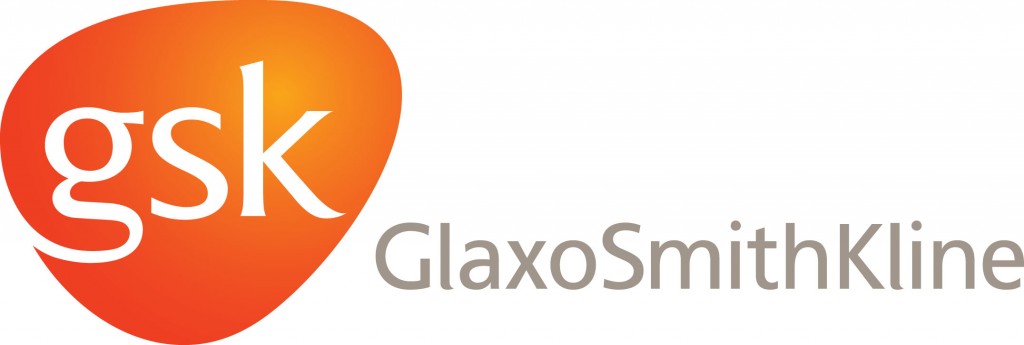African Banks vs MNO: Same Road Different Destinations
 For Millions of Africans that are still formally excluded from any formal financial services, how and where they get such services is of less importance to them, than getting the service. The Banks are still trying to lure people in through their gates by offering lots of Innovative services that can deliver value to customers but the reality is, this ends where the Brick and mortar branches exist.
For Millions of Africans that are still formally excluded from any formal financial services, how and where they get such services is of less importance to them, than getting the service. The Banks are still trying to lure people in through their gates by offering lots of Innovative services that can deliver value to customers but the reality is, this ends where the Brick and mortar branches exist.
Most of the Unbanked are either semi Urban, rural dwellers and Short stay Migratory workers with needs to be met for formal financial inclusion and the Banks are still promoting walking the ‘three Hundred year old’ proven strategies of walking through the door.
The two models that can take Banking away from the existing systems are the Bank model or the mobile operator model for millions of Africans that own a Mobile but without a Bank account. The statistics is widening by the day. In Nigeria, there are 20 million account holders, 8,800 ATM, 7,000 Bank Branches while Mobile subscription is over 62 million as at April,2009 under an addressable market of 140 million people and landmass of land mass of 923768 sq.km! The only way to go is Branchless Banking.
Banking regulation in Africa, though re-active but it is still potent enough to drive Branchless Banking for the Banks that can see the need. Bank promoted version of Branches Banking packages financial services through a retail agent while in some cases where regulation permits, KYC enrollment is conducted at the Bank Branch or agent location. The Agent outlet interacts with the customers for cash in and cash out while the Bank updates customers information and transactions, periodically. This model immediately takes the Banks into territories that were unserved in the past with less cost.
It costs the Banks in Nigeria, average 11 months to set up a brick and mortar Branch, costing average of 200,000 US Dollars to get it up and running with property acquisition, rentals and ICT facilities but setting up an agency will require less than 6 hours, depending on technology and 350 dollars to get it up and open to customers.
Where the agent is a store outlet with cash kitty, then cash management issues are significantly reduced since the cash needs are met from the merchant’s kitty while Balancing of account can be managed either remotely or periodically. In some other bolder models, the merchants pre –pays the deposit and earn commission based on the volumes of transactions conducted via the outlet.
Major drawback for this model is that, Banks tend to over supervise the retail networks like existing Bank Branches; drawing up KYC requirements for virtual customers like full fledge Bank Branch customers. The peculiar situation of the targeted groups negates this approach.
The Mobile operator led scenario is such that financial products are designed and packaged by the MNO while agent’s networks manage the customer interface and interactions. Safaricom’s M-Pesa is an example. The agent networks perform all the Bank office functions that a Bank would normally carry out. This could be very useful in countries with very robust and well implemented ID systems where a common form of ID is used within the National boundaries. Though it may exclude migratory workers without the necessary documentations but they can still perform simple transactions like money transfer to third parties if it does not exceed the required set amounts under the AML.
The major risk in this model is that where supervision is not closely monitored at the point of KYC enrollment, the platform could be used to circumvent AML regulations since the agent will probably reside in such communities where they operate and might be friendly with some locals with not to good intentions. Cash management could also poise a risk since the core platform provider is not a financial institution.
For both Banks and Mobile operator led models, it is same objective but different approaches.


